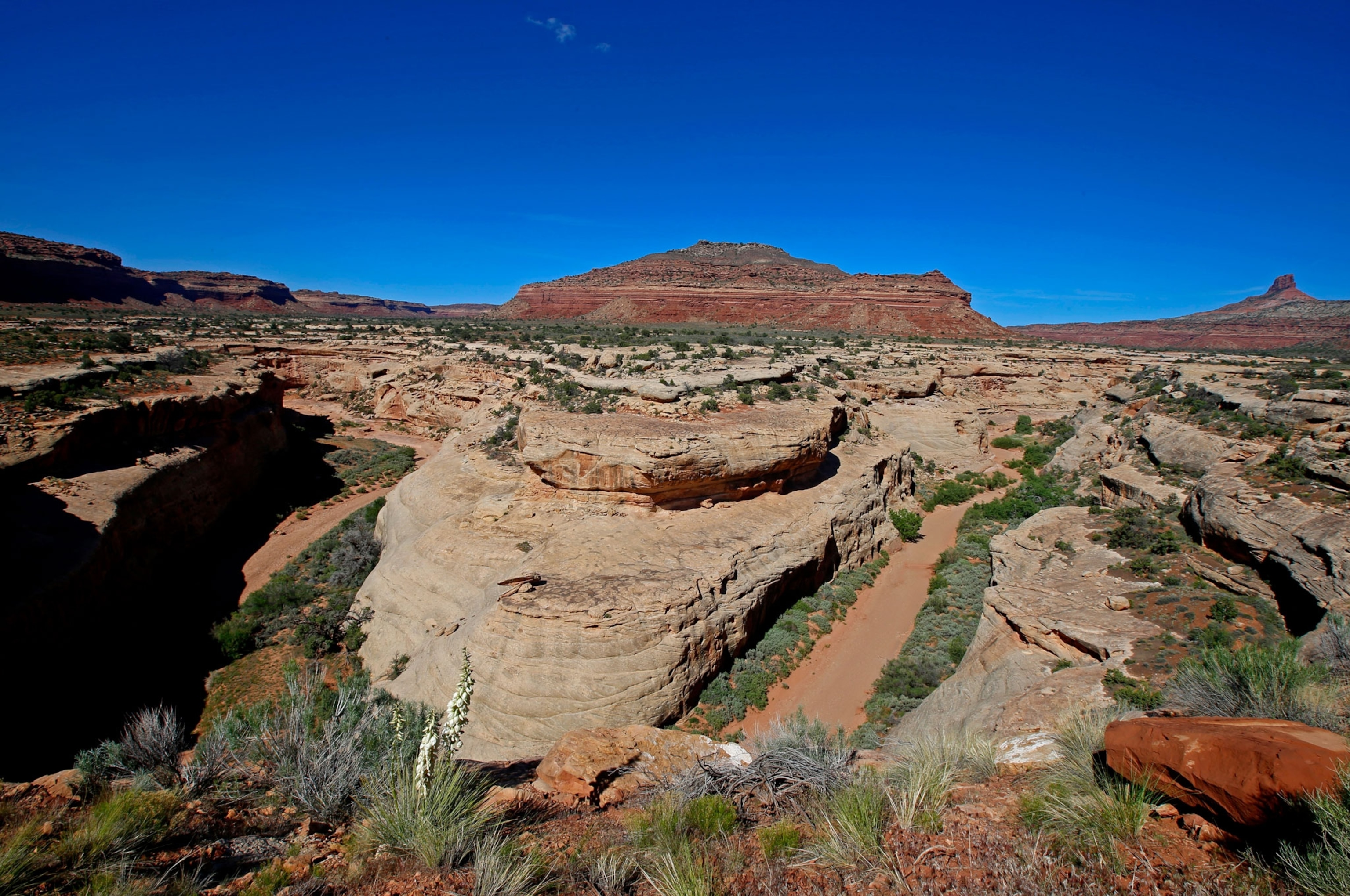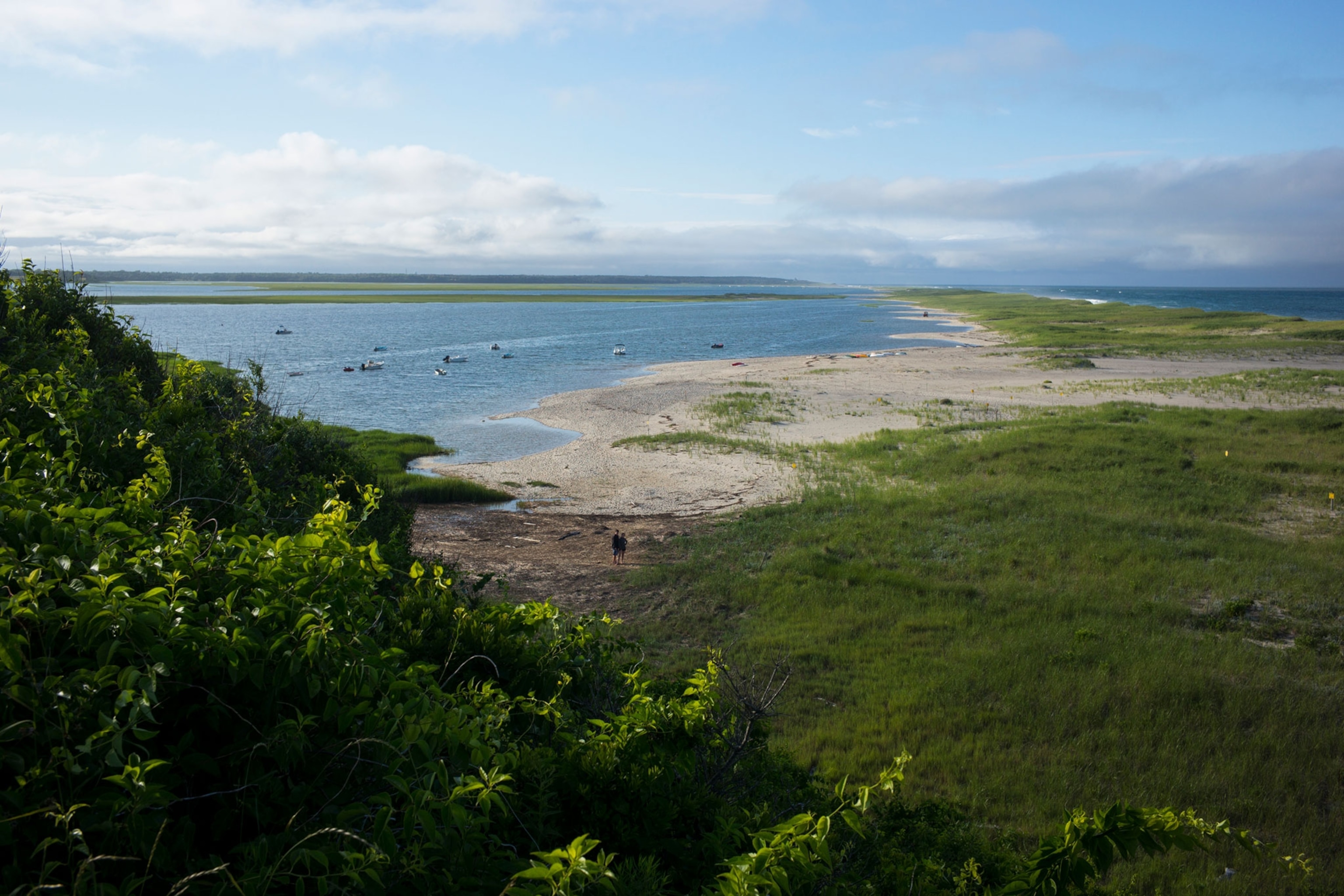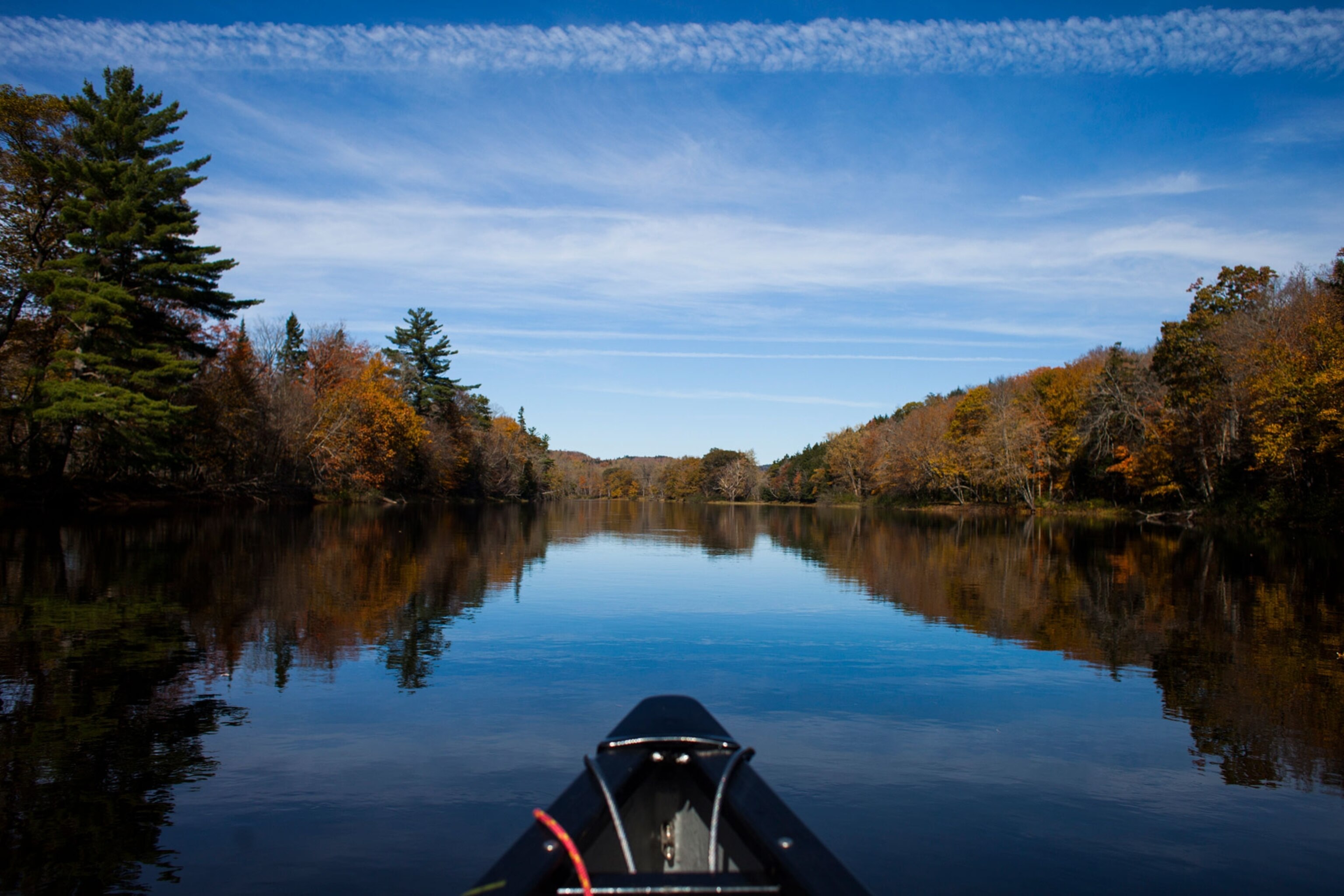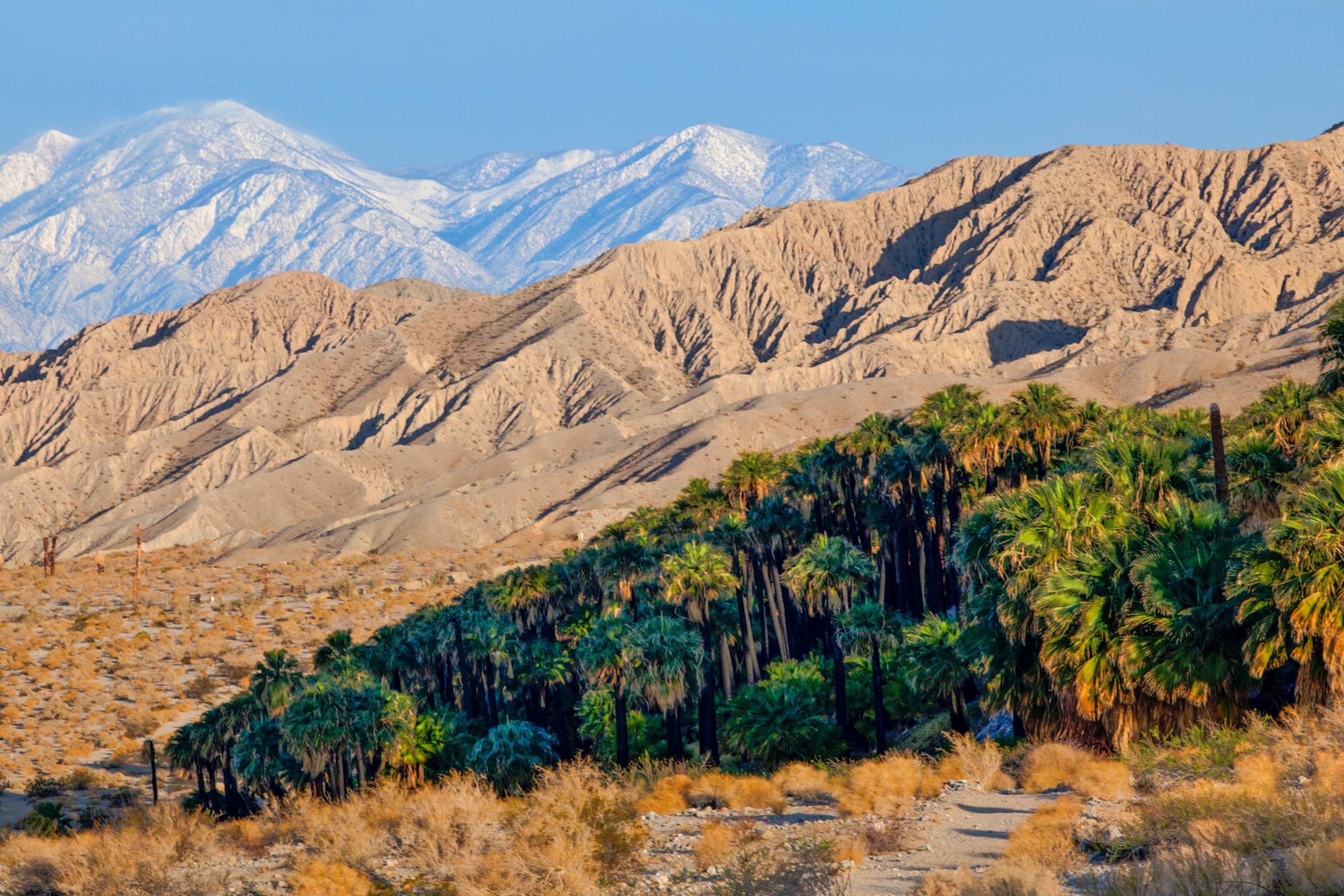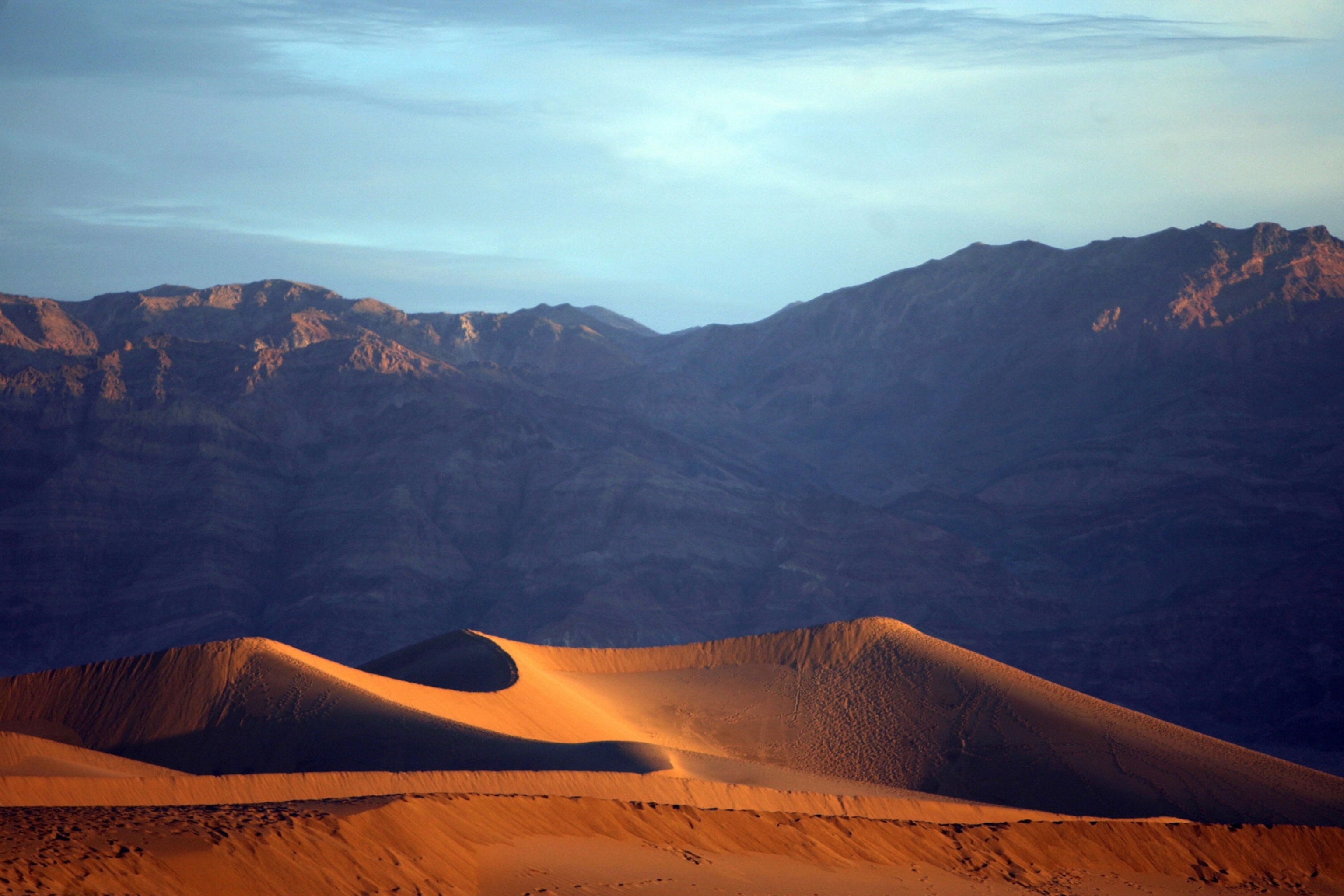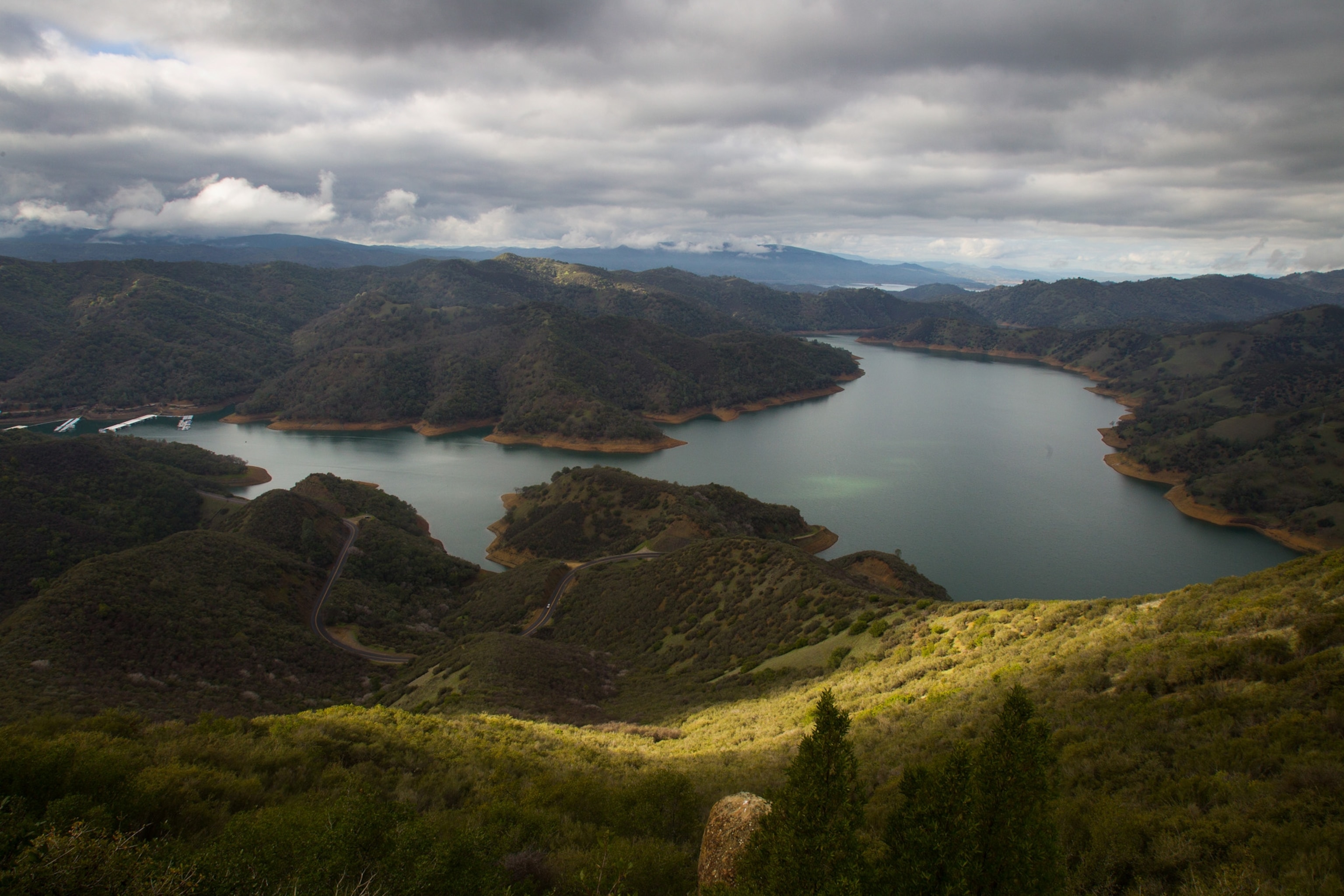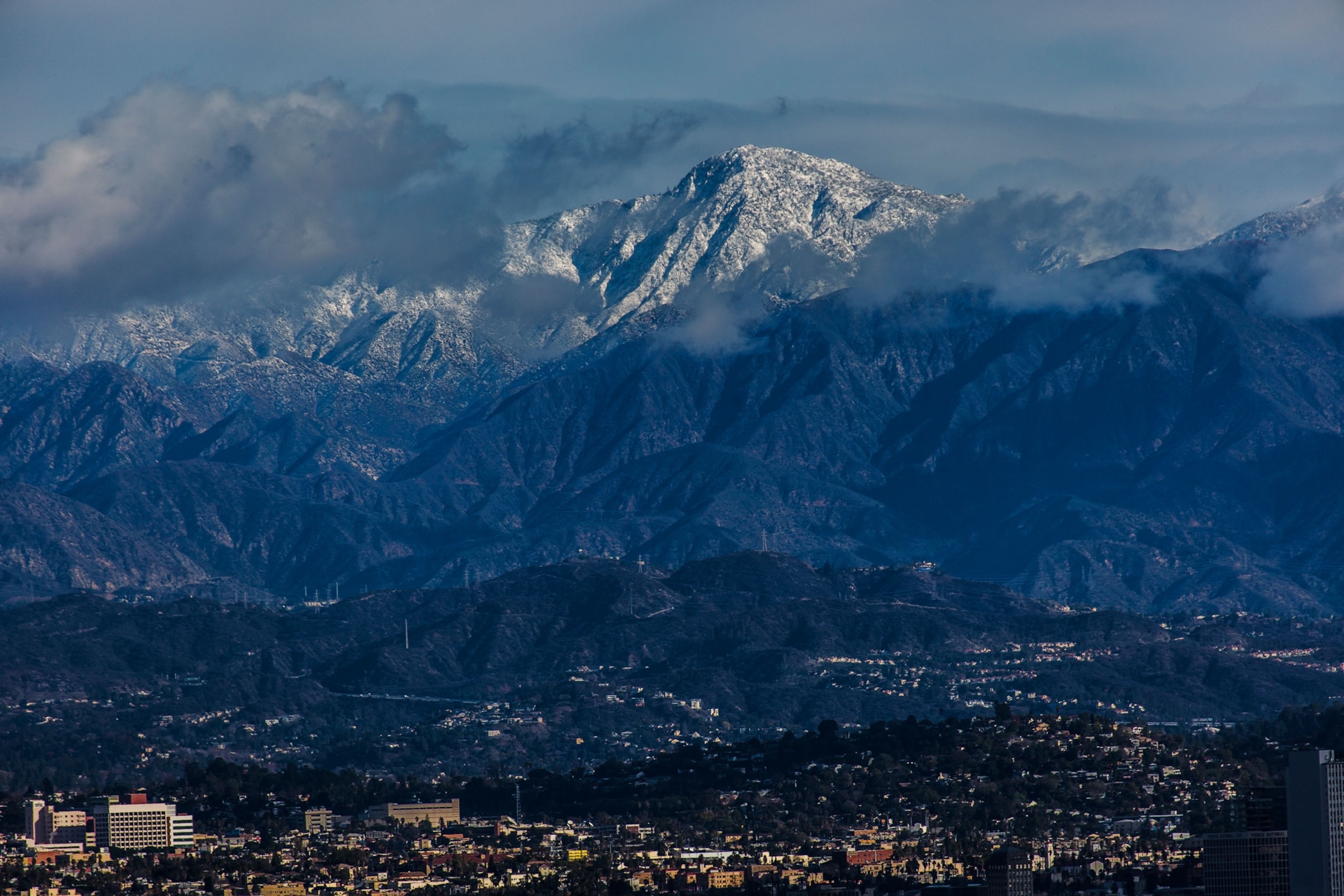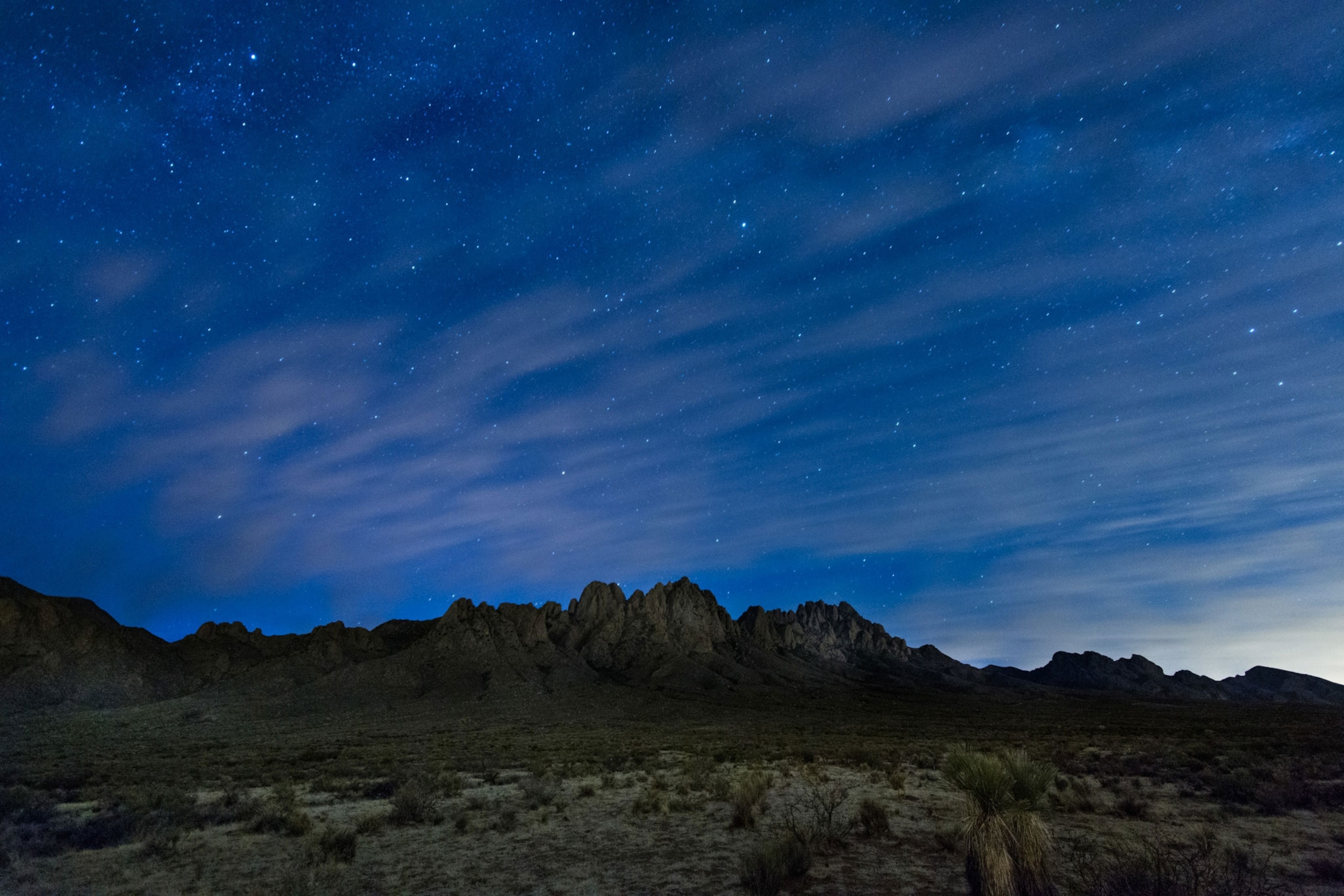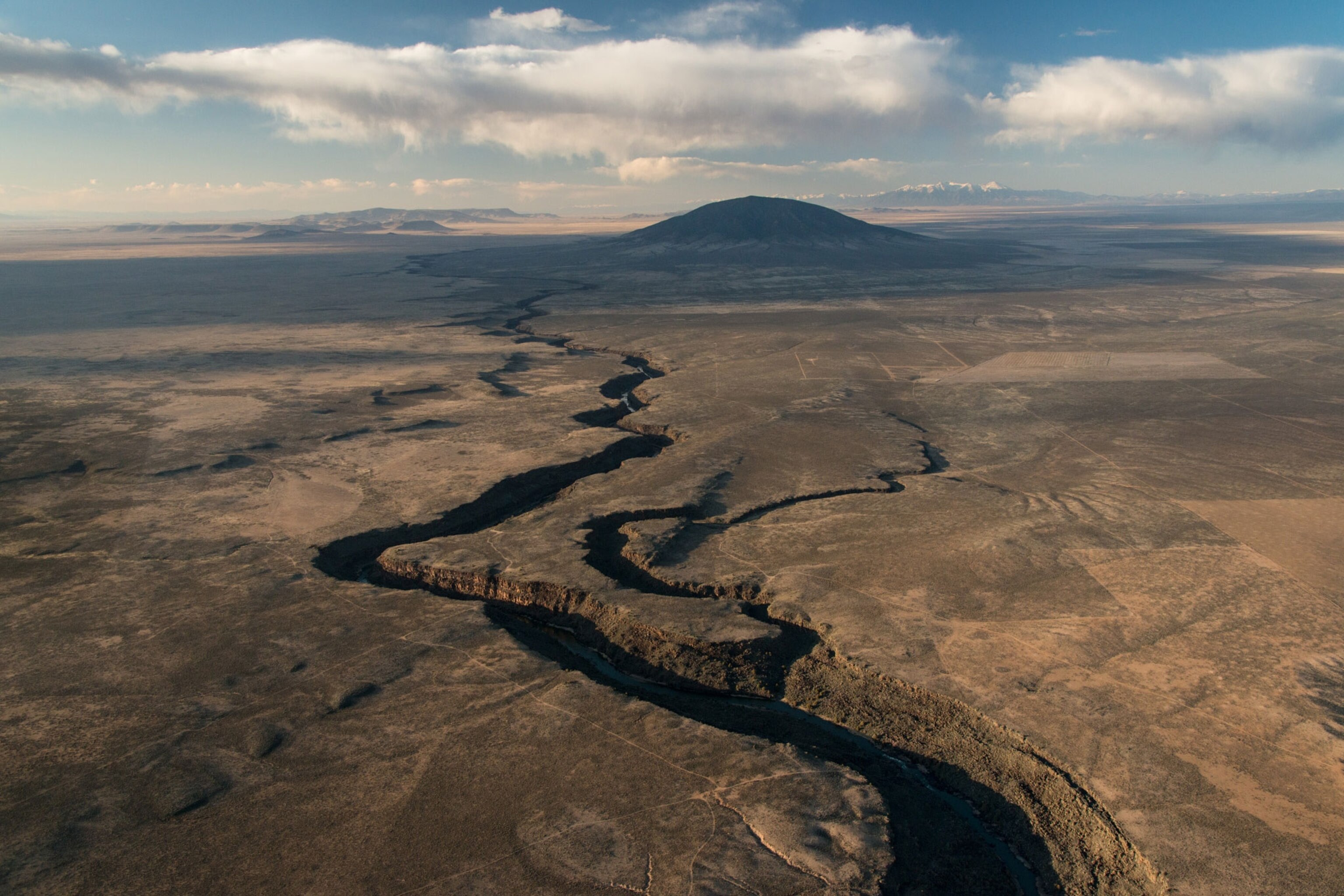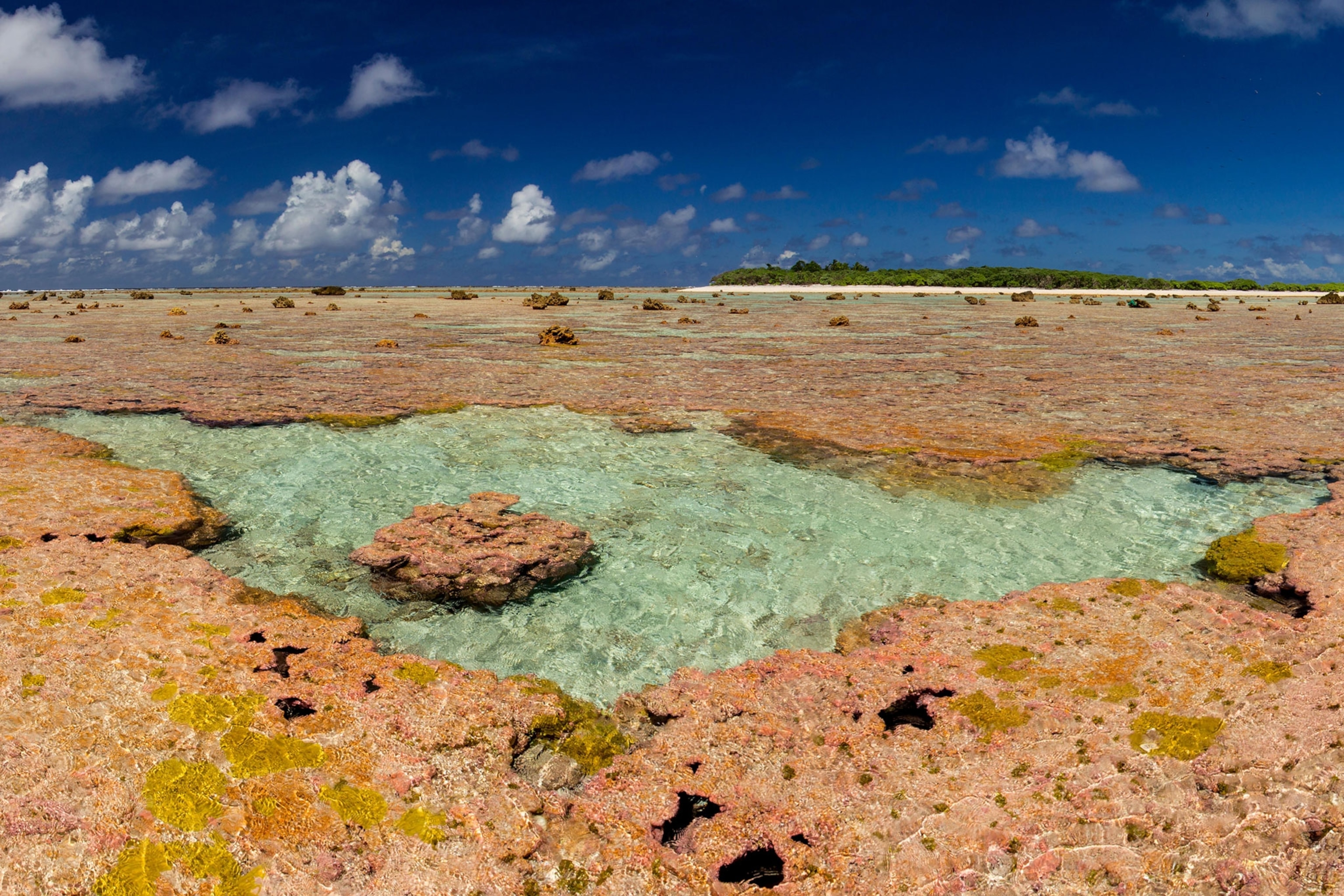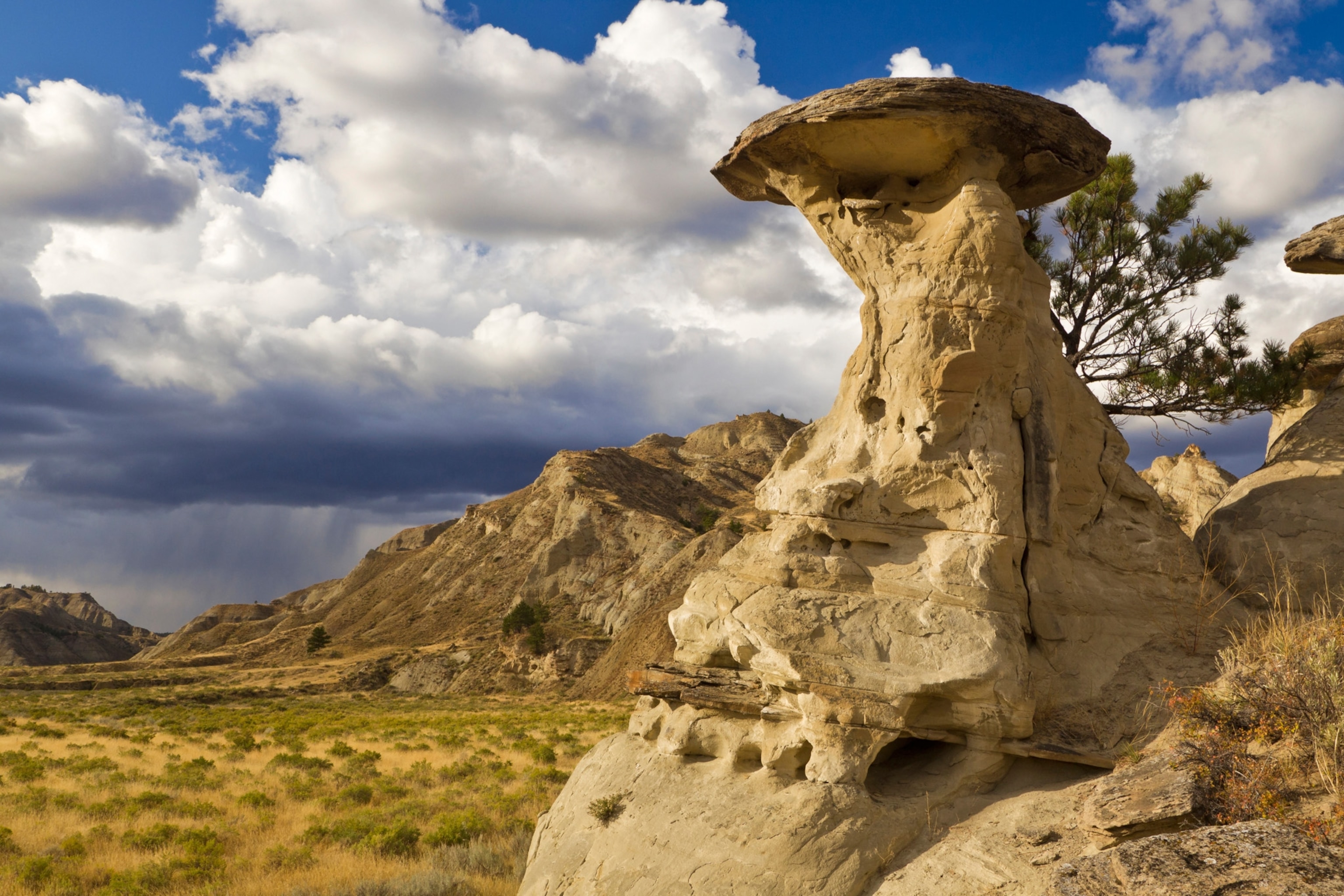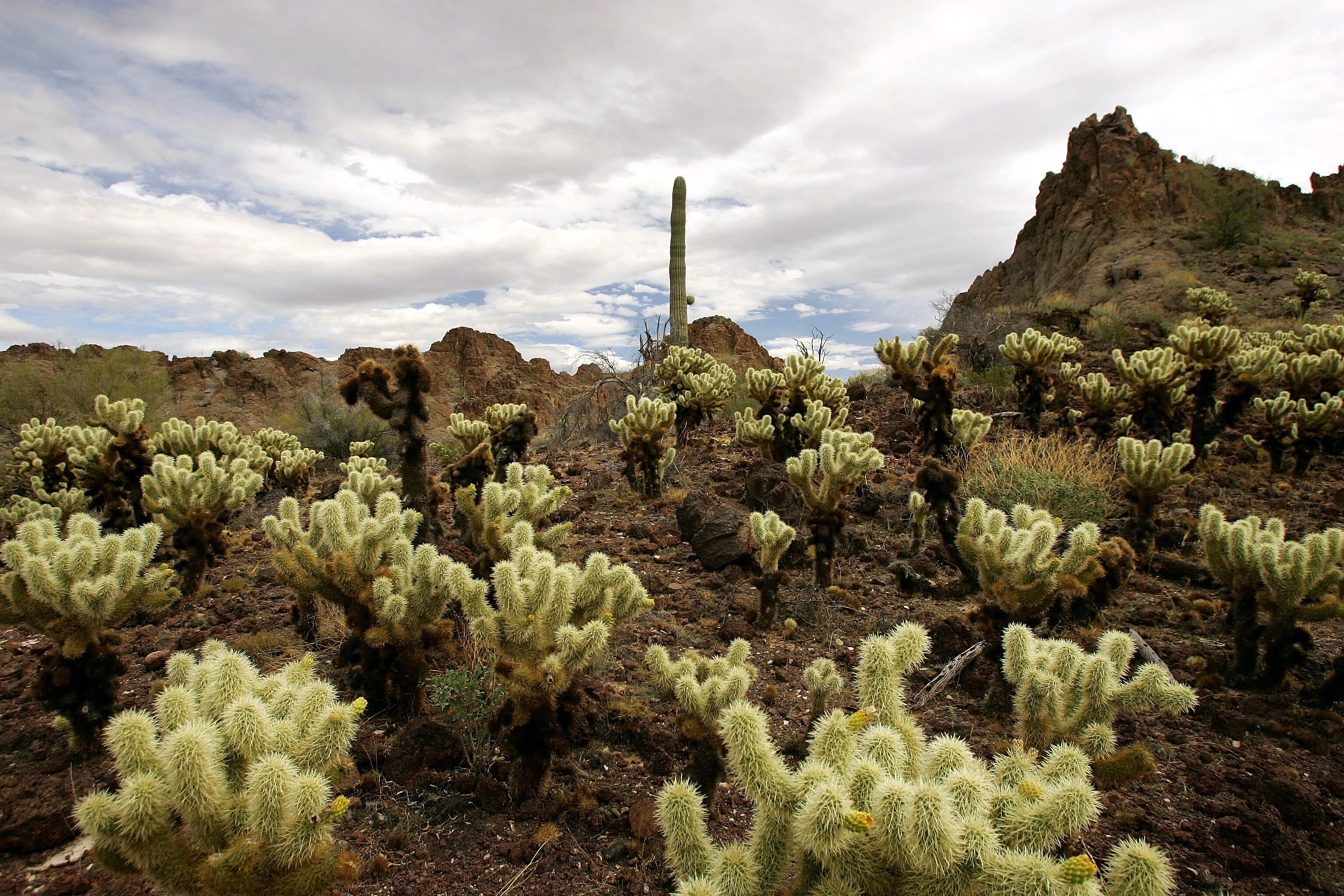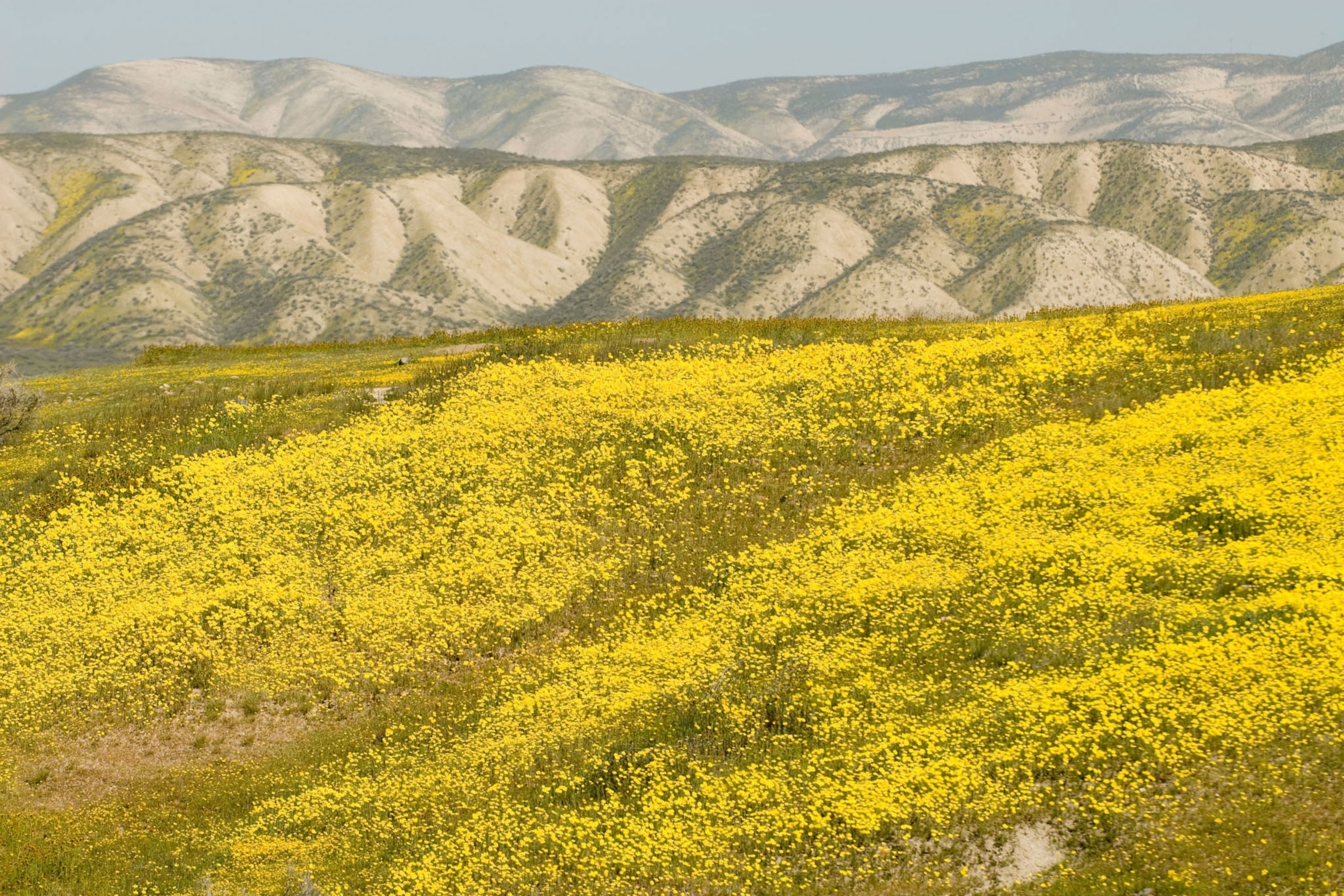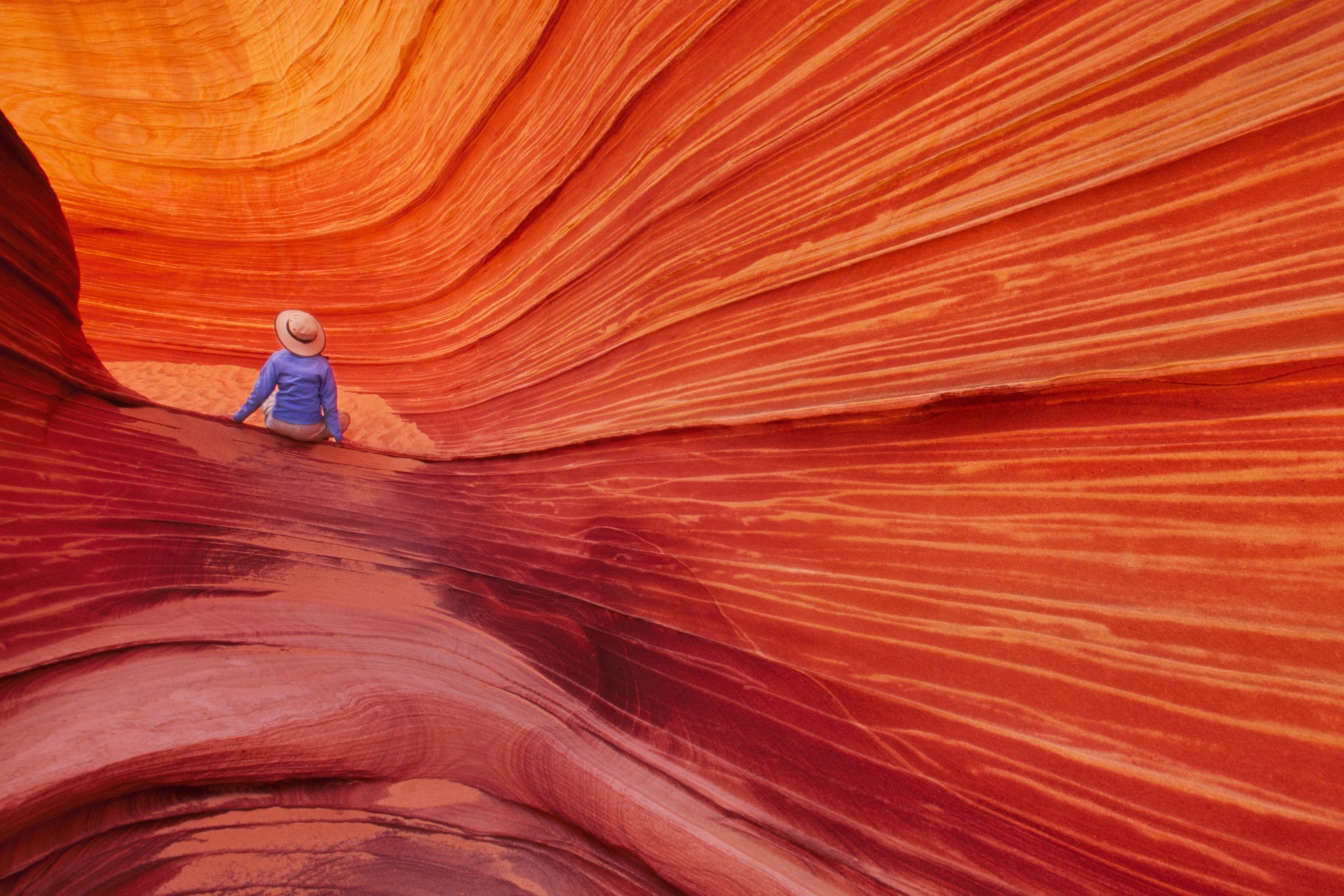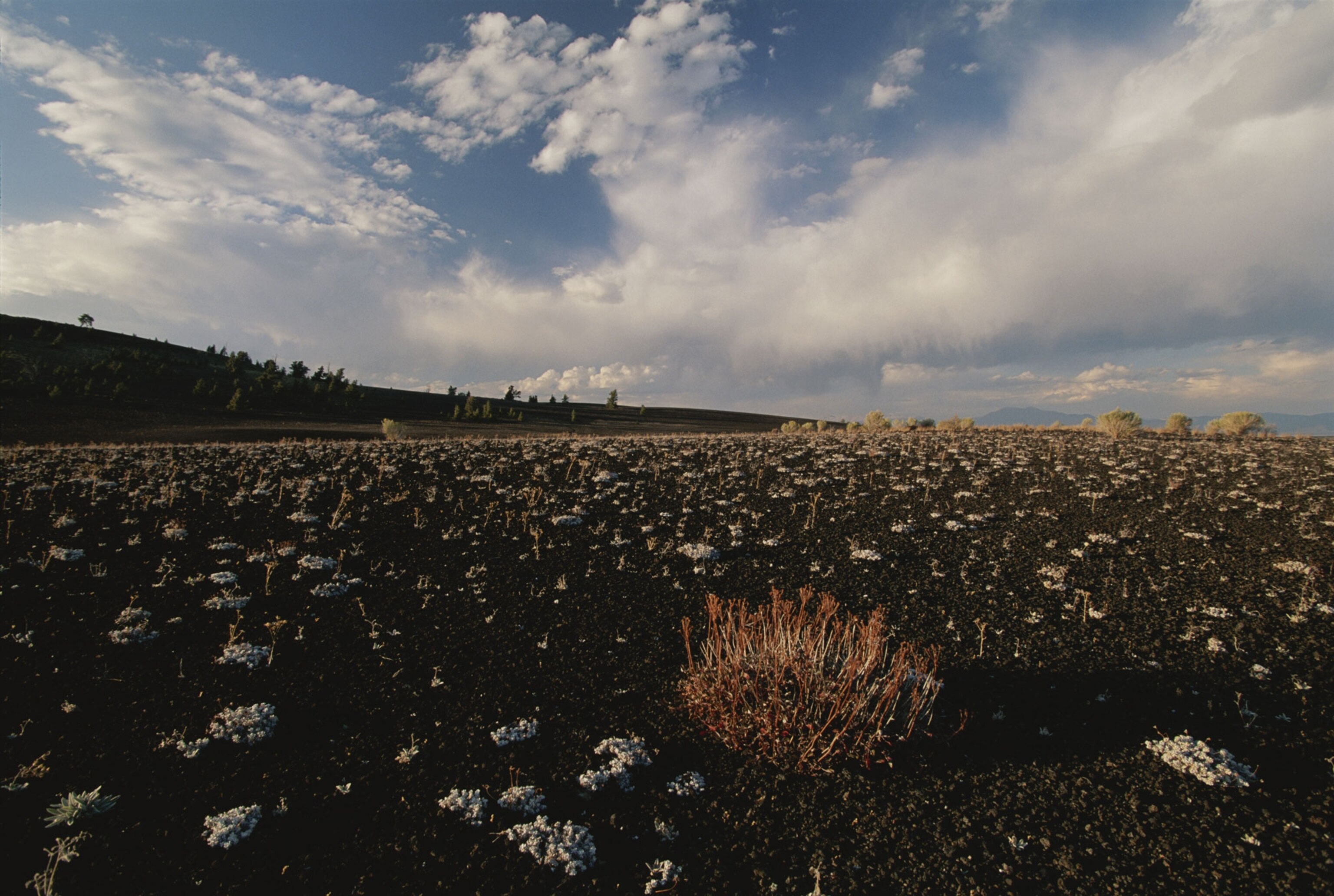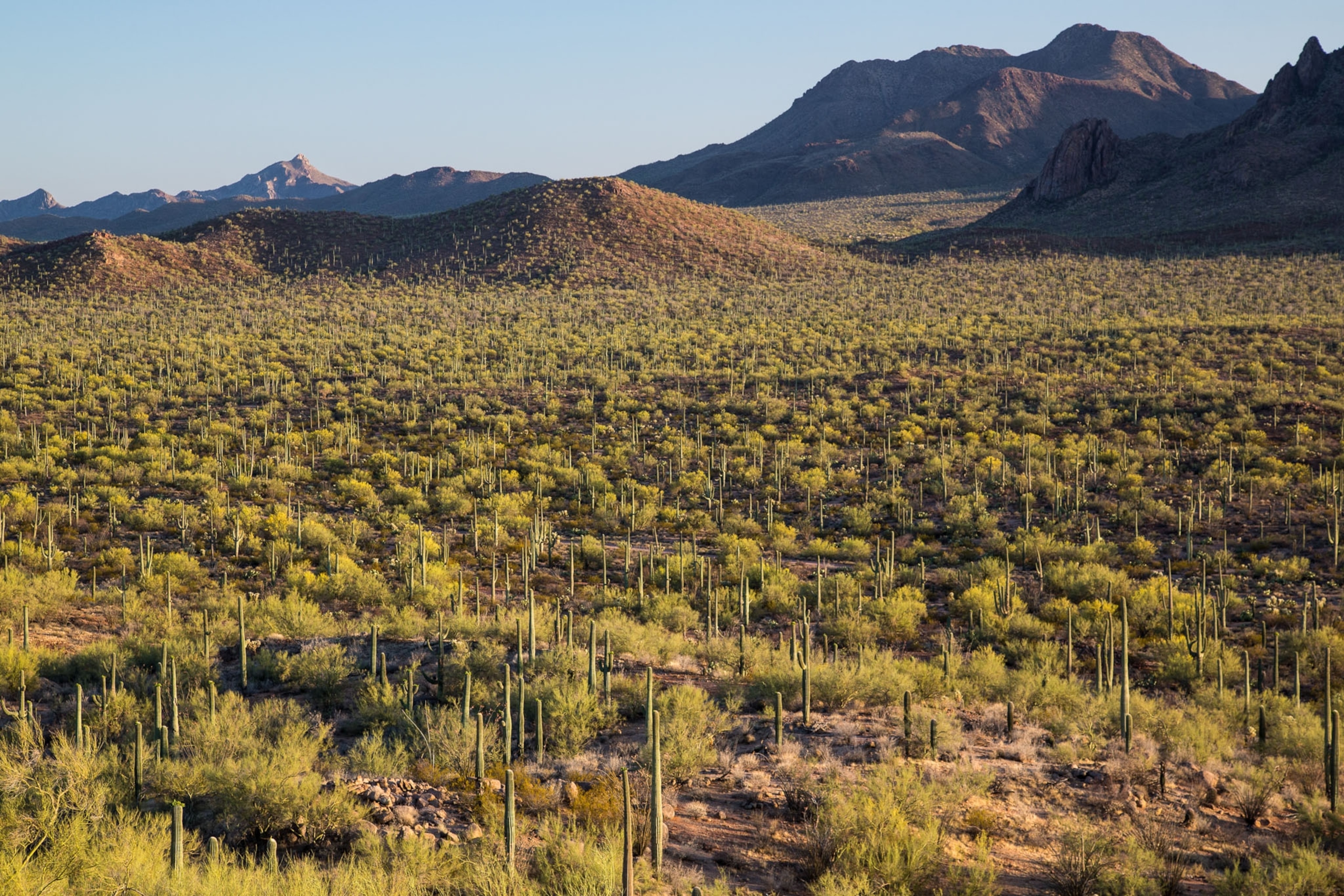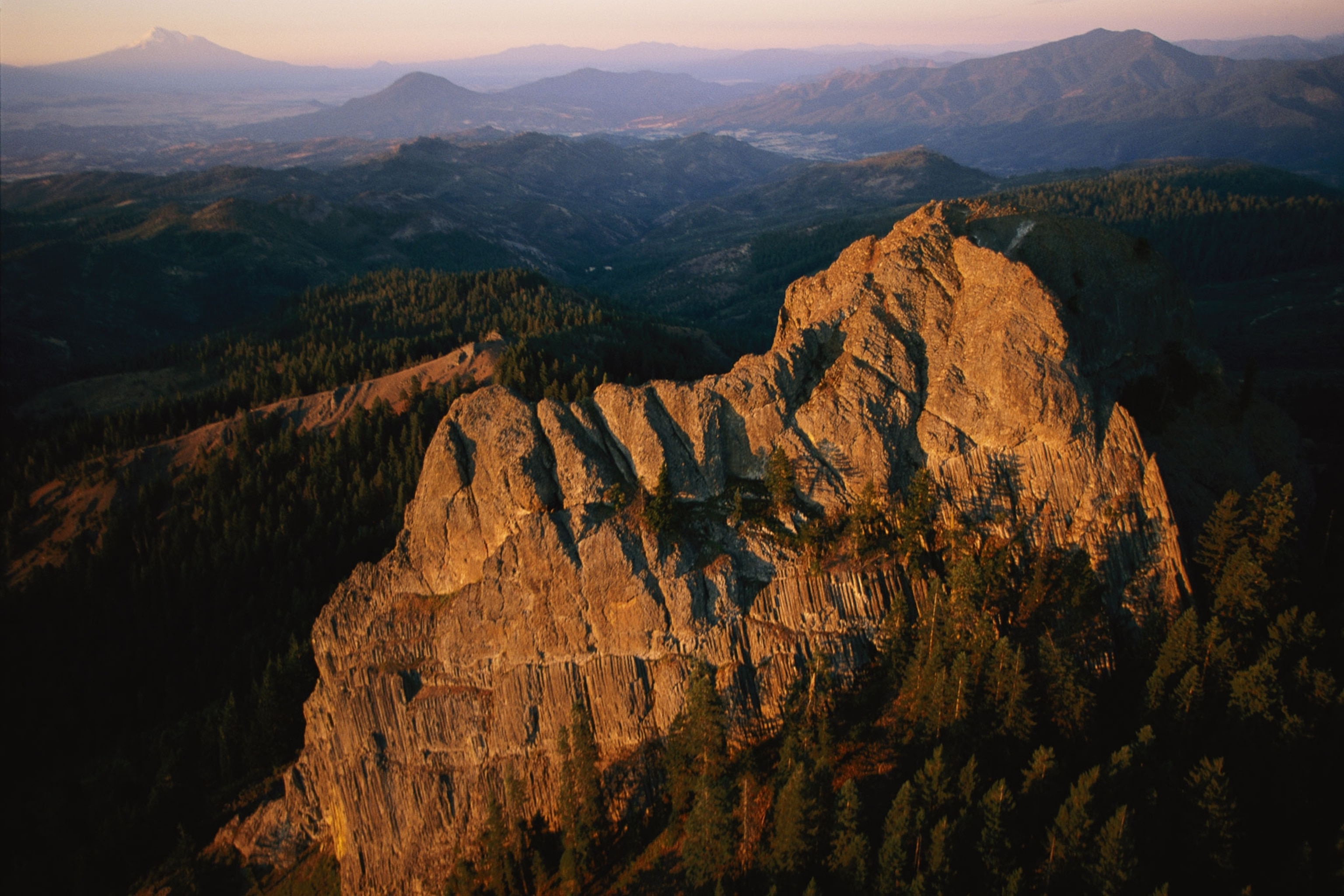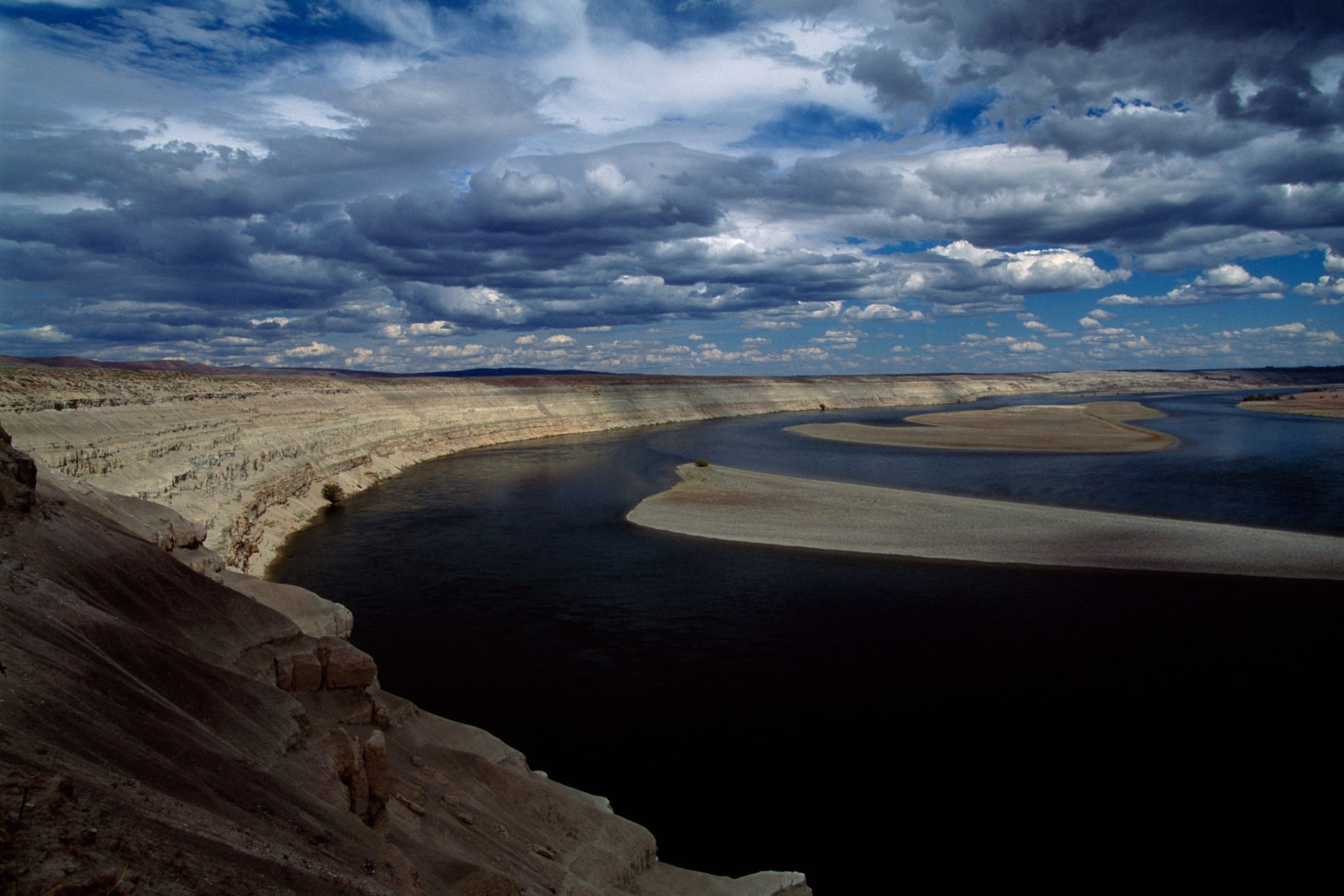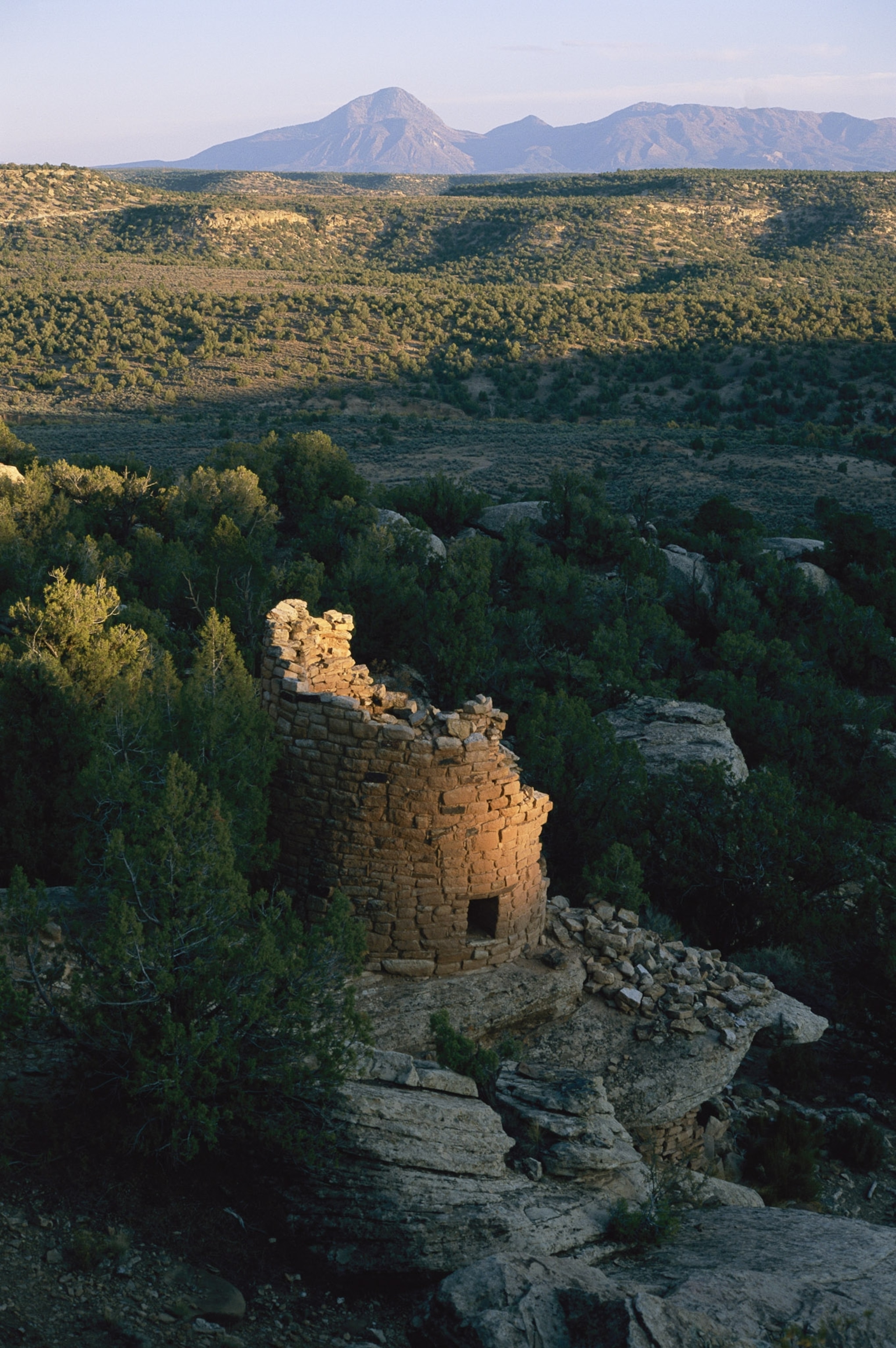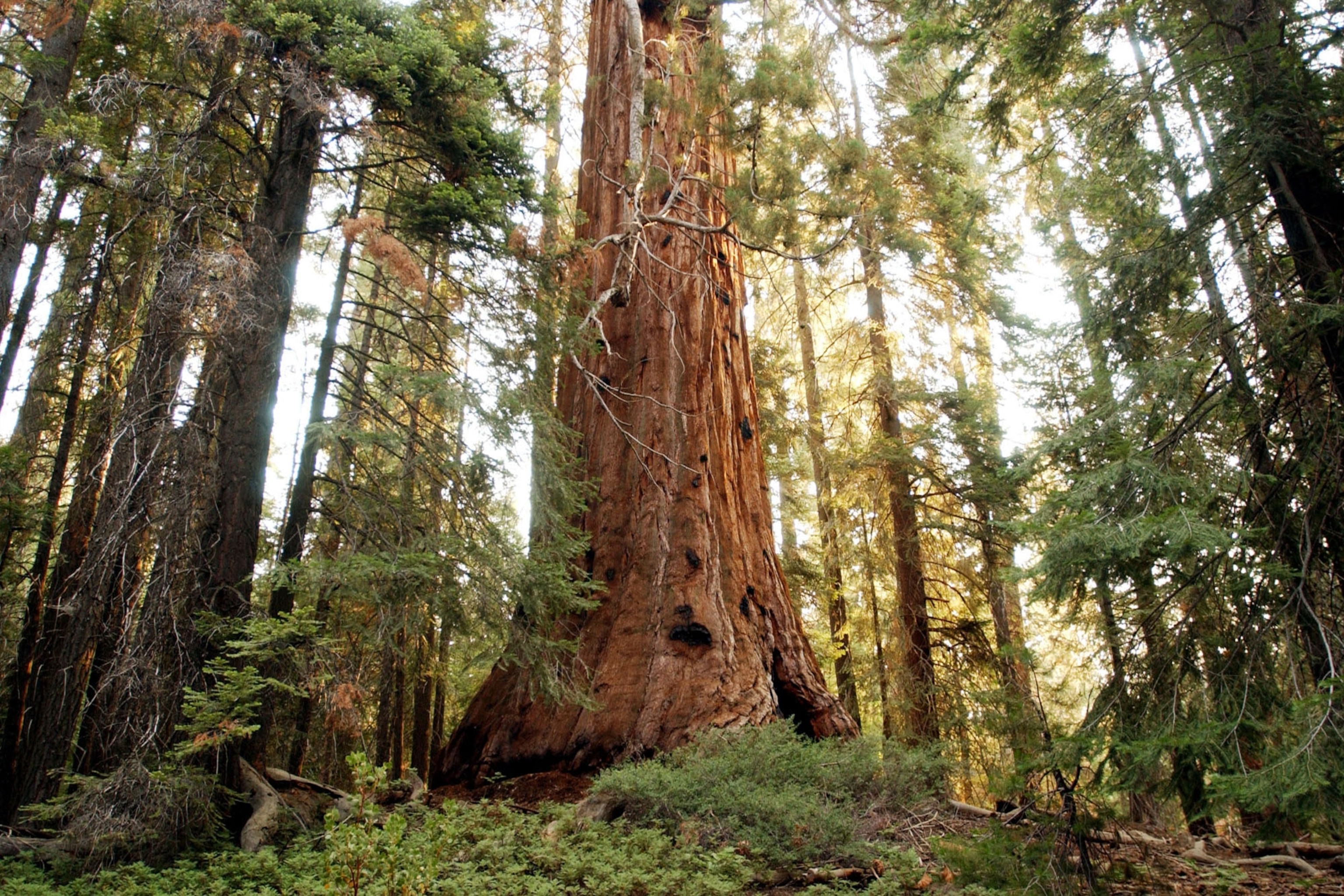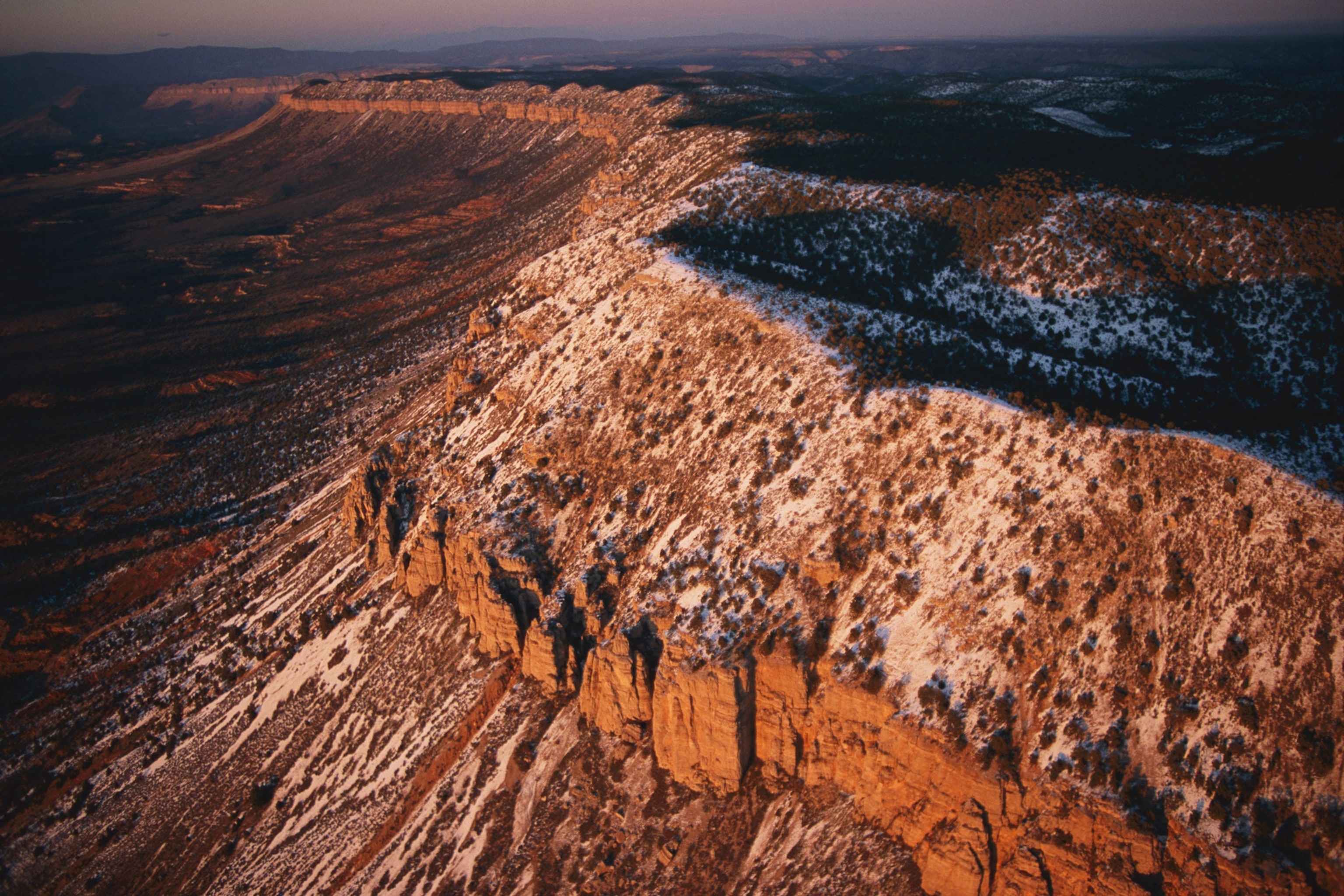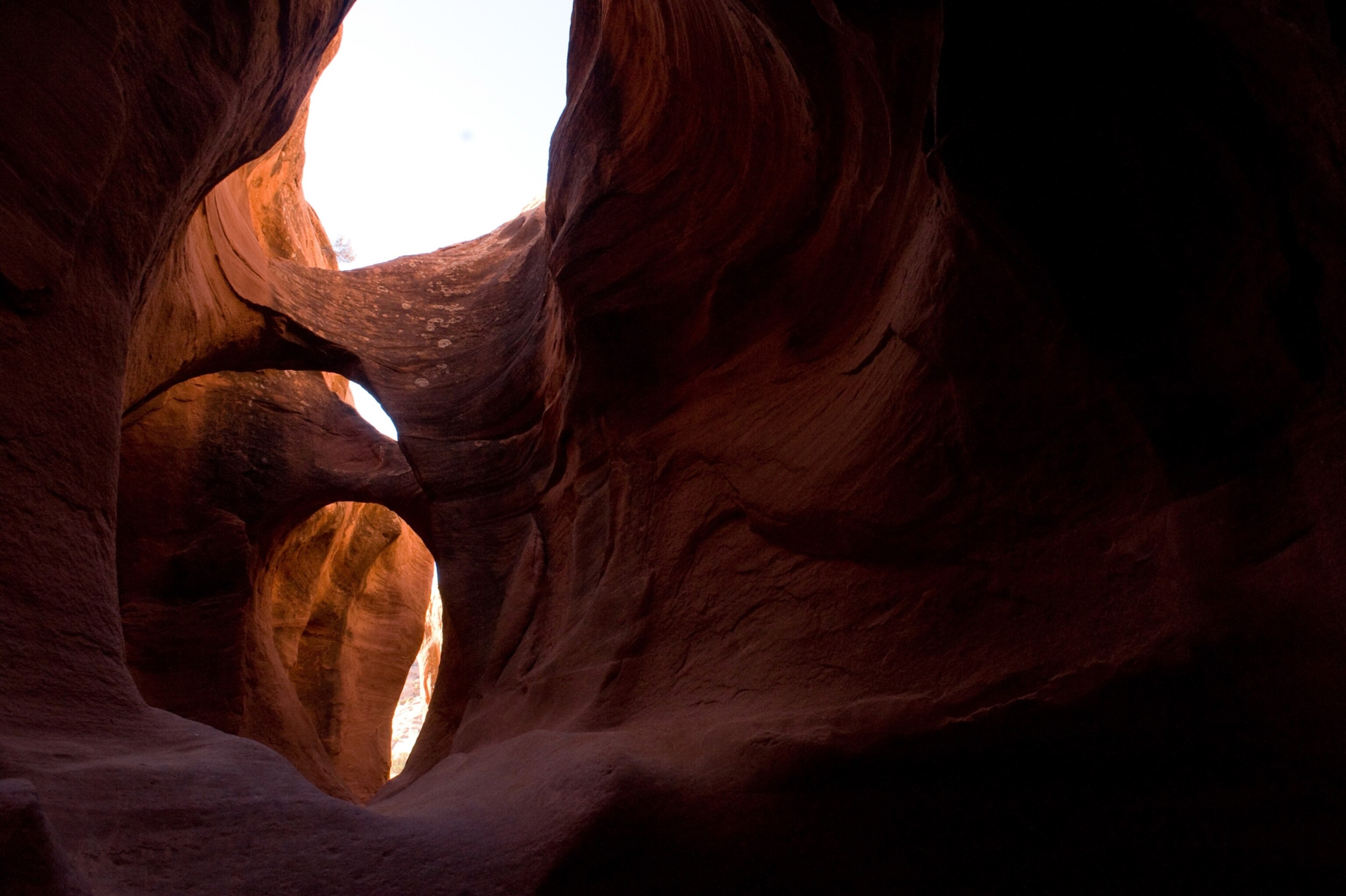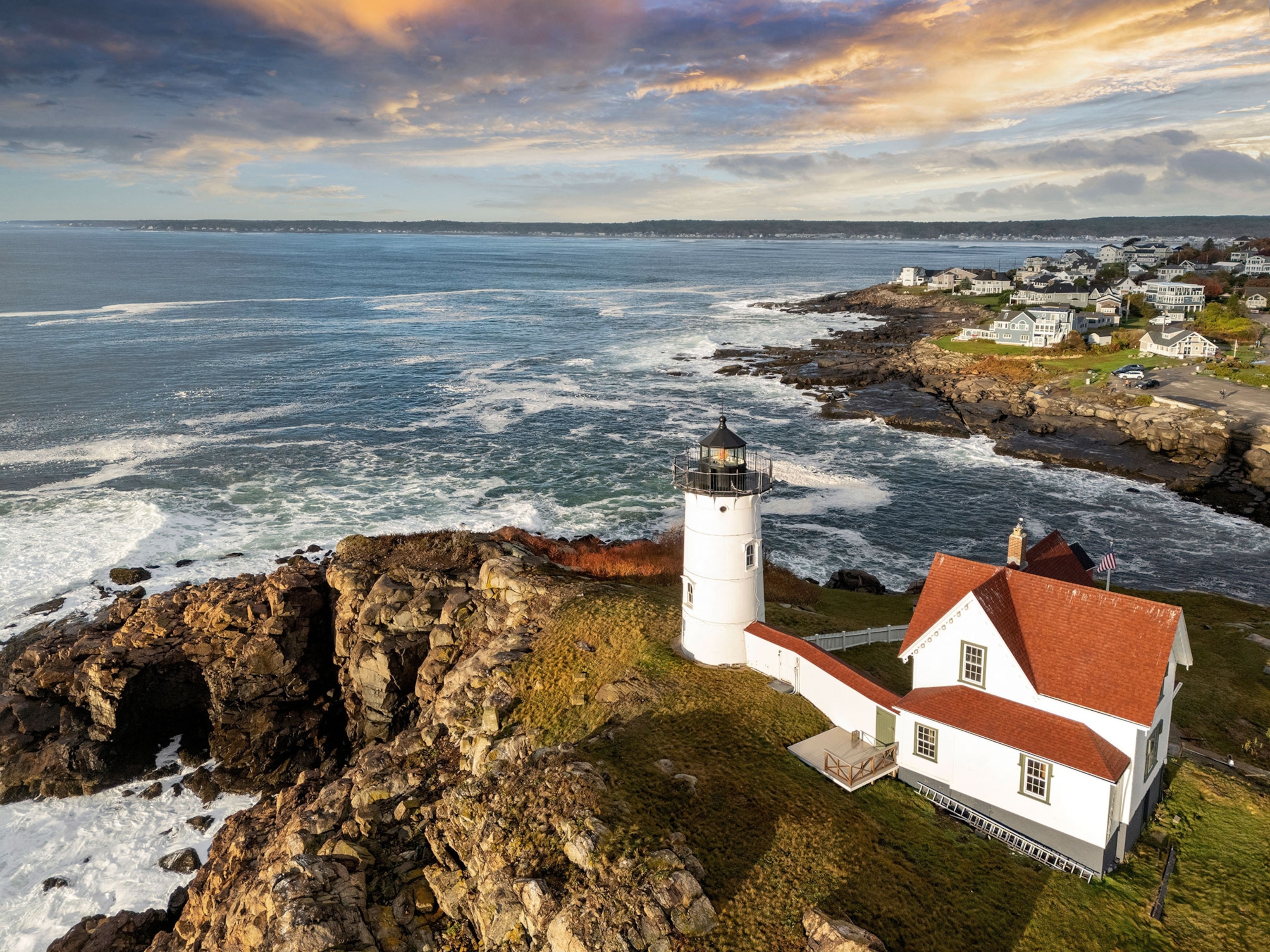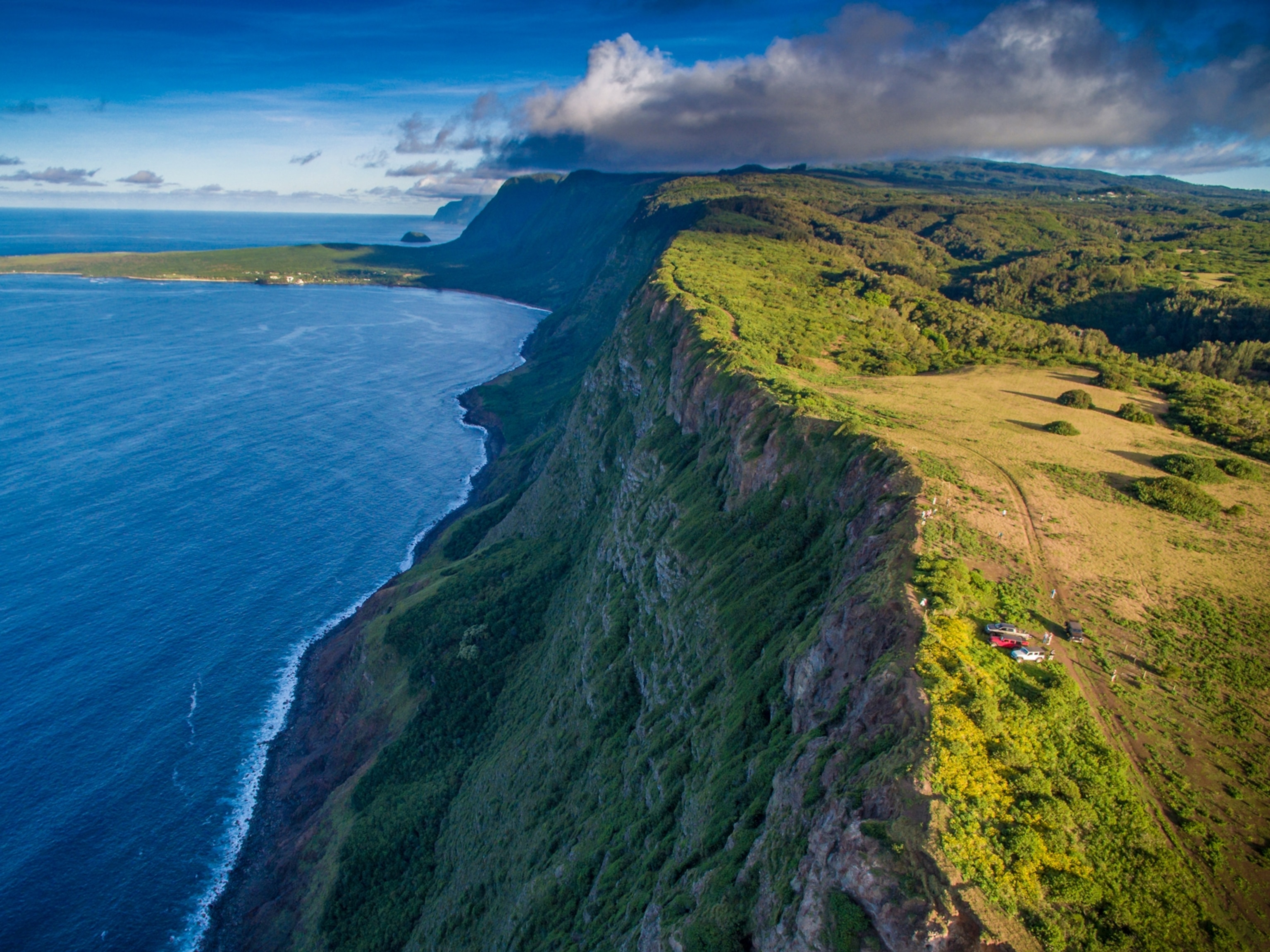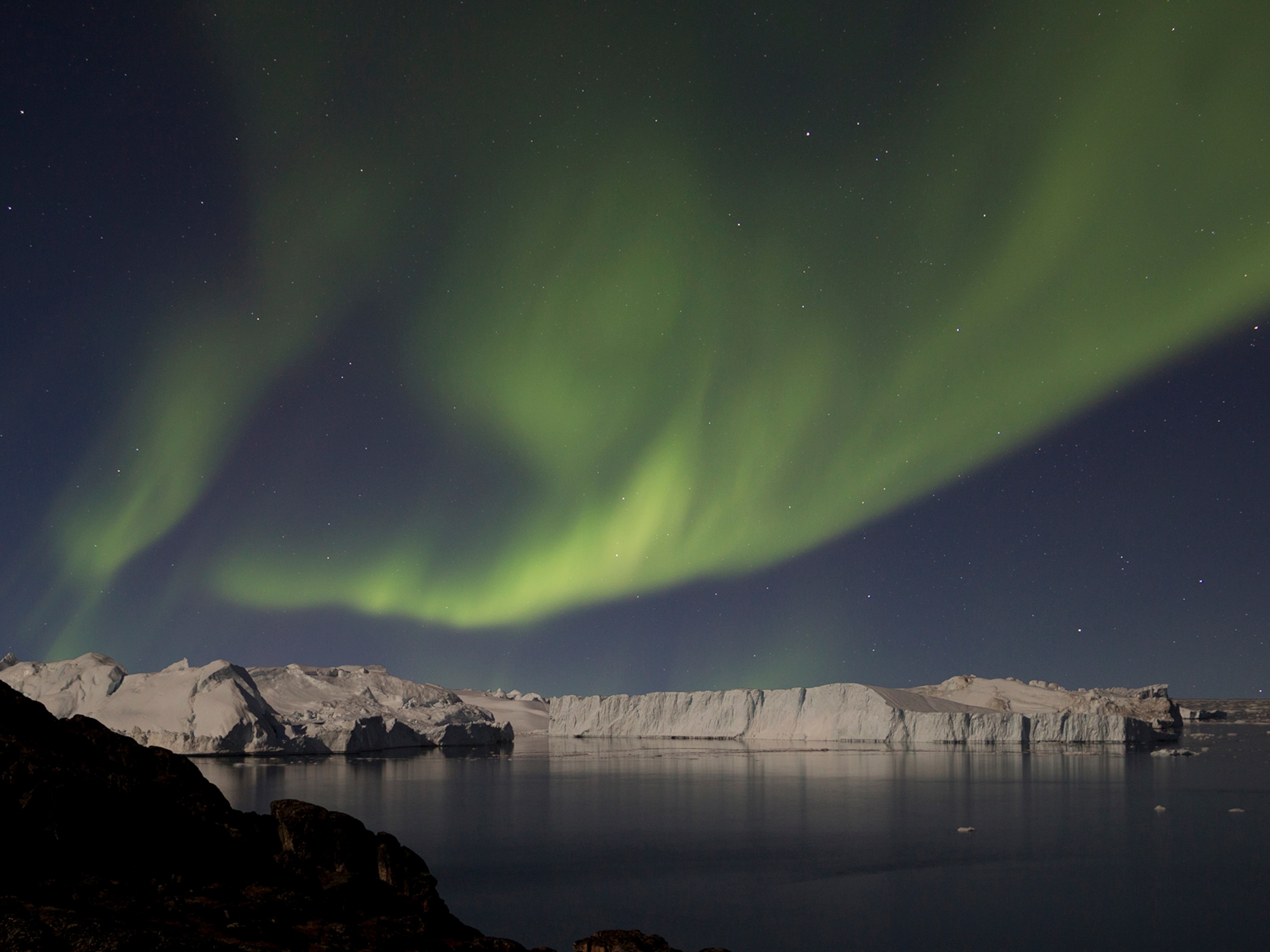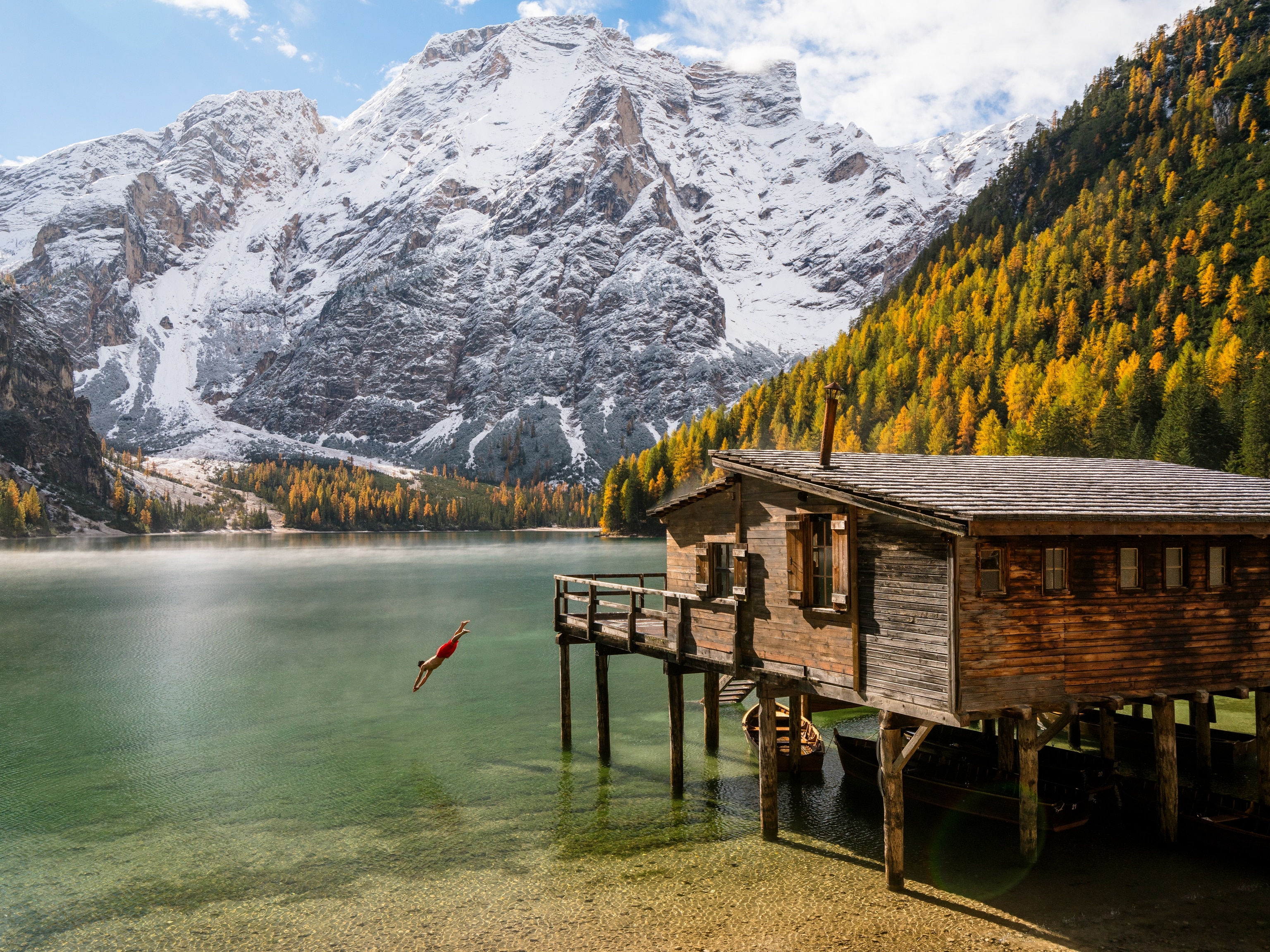Maps Explain the 27 National Monuments Under Review by Trump
Get a bird's eye view of these protected areas with an uncertain future.
President Donald Trump’s review of large national monuments is set to end next week. Last April, he dispatched Interior Secretary Ryan Zinke to inspect 27 monuments by August 25, and determine which, if any, are too big.
By “large,” Trump meant monuments that are at least 100,000 acres in size. All were created by Presidents Obama, George W. Bush, and Clinton. All but six occupy federal land in western states.
See photos of some of the monuments under review
Zinke, a Montanan who conducted part of his inspection tour on horseback, has so far identified only one monument for downgrading: Bears Ears, which spreads across southern Utah’s dramatic red rock country for 3.5 million acres. It is named for twin buttes that jut above the landscape and is full of ancient cliff dwellings and tribal artifacts. Utah lawmakers opposed it since before Obama created it last year and asked Trump as soon as he was sworn into office to shrink it or, better, abolish it altogether.
The monuments on Zinke’s list date to 1996. That is the year that Clinton created the Grand Staircase Escalante, another red-rock expanse in southern Utah that takes up 1.7 million acres. It contains a rich vein of coal, now out of reach. Utah lawmakers also would like the Grand Staircase’s monument designation obliterated.
Trump called his review of monument sizing an exercise “ending abuse of monument designation.” Soon after, multiple environmental groups drew up legal papers to challenge Trump’s final decision as soon as he makes it.
A 111-year-old law known as the Antiquities Act makes it possible for presidents to create national monuments. Since its passage in 1906, all but two presidents—Reagan and Trump—have. The law has survived an assortment of court challenges that have strengthened it. But the president’s authority to create a national monument of any size has not yet been tested in court.
If Trump decides to shrink any of the monuments under review, after Zinke makes his recommendations August 25, the law will surely face that final test.
